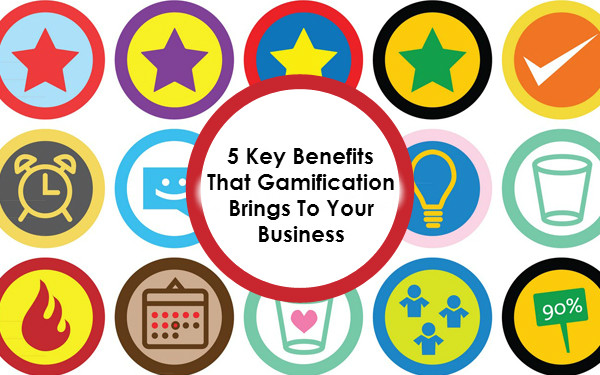Gamification is no longer just a buzzword. It has found some real and interesting applications in the domains of learning, marketing, personality development, data analytics and so on. The right implementation of this concept can generate powerful results and do wonders for your business.
Here are the 5 key benefits that Gamification will bring to your business.
1. Making the mundane interesting
The game-based interactive elements add thrill and fun to the otherwise mundane processes. Whether the task is about conducting a survey or employee training, gamification makes the process more interesting as the knowledge is supplied non-intrusively, thereby yielding better results.
2. Sustainability
Using Gamification in your company is a strategy for sustainability. The games are re-playable and are built using real-life scenarios. They can be played again and again for performance improvement without incurring additional costs on the company.
3. Real-time analytics
A gamified campaign will allow you to target particular user groups of your interest and get real-time feedback. You can analyze the user behavior and draw inferences. Such feedback is a powerful contributor in designing your business’ future strategies.
4. Self-motivated work force
These games are built with features like leaderboard, award system, etc that reward the employees on their accomplishments. This keeps each employee self-motivated and self-aware about his/her performance.
5. High productivity and ROI
These games can be customized to align with your business objectives. Gamification’s unique features directly link the company’s objectives to the employee performance, thereby increasing the overall productivity. Any initial investment made to include game-based learning in your business is easily replenished along with a high ROI.
I guess that’s all! If you think of any more, please share with me!









